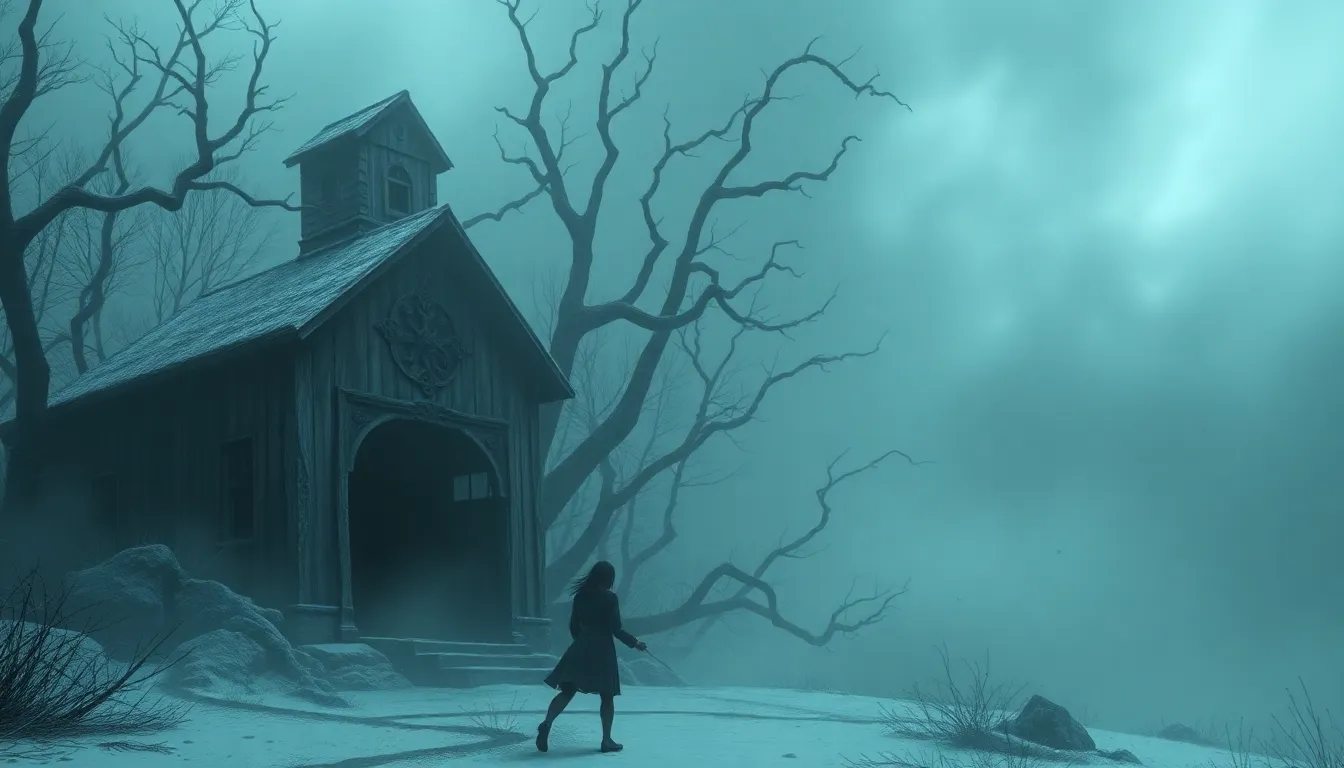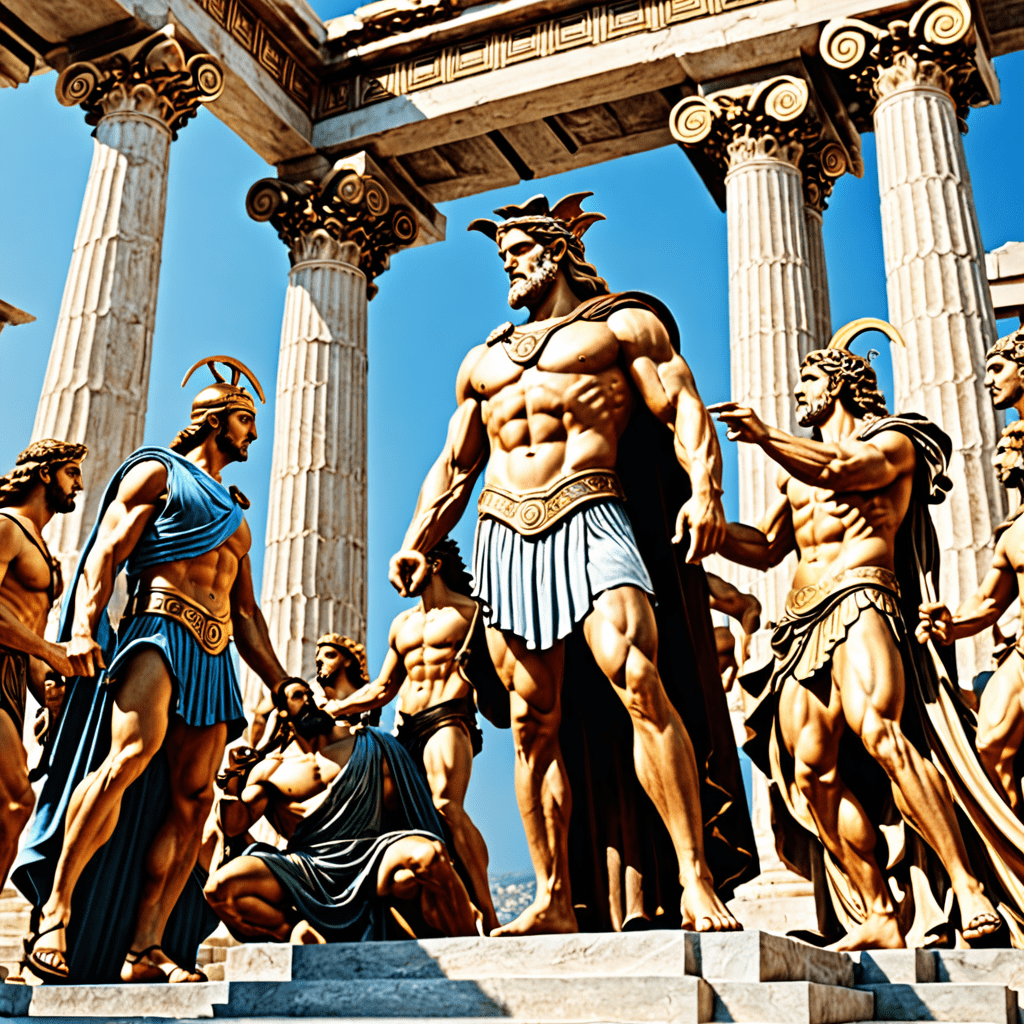The Serpent’s Voice: Modern Narratives of Jörmungandr and the Power of Storytelling
I. Introduction
Jörmungandr, known as the Midgard Serpent, is a pivotal figure in Norse mythology, embodying the chaos and cyclical nature of life and death. As one of the children of Loki, this colossal serpent encircles the Earth, representing not only the boundaries of the known world but also the imminent dangers lurking beyond. The stories surrounding Jörmungandr have transcended time, illuminating the importance of storytelling in shaping cultural narratives and identities.
This article aims to explore how Jörmungandr’s myth has evolved in modern literature and popular culture, reflecting contemporary societal themes and concerns. By examining the serpent’s legacy through various lenses, we can appreciate the enduring power of storytelling in connecting the past with the present.
II. The Mythological Origins of Jörmungandr
In Norse myths, Jörmungandr plays a crucial role in the cosmic struggle between order and chaos. According to the myths, he was cast into the ocean by Odin, where he grew so large that he could encircle the Earth, biting his own tail. This imagery symbolizes the interconnectedness of life and the cyclical nature of existence.
Jörmungandr’s most significant association is with Ragnarök, the prophesied end of the world, where he is destined to battle Thor, the god of thunder. Their confrontation is a representation of the struggle between chaos and order, illustrating the inevitability of destruction leading to rebirth. This cyclical narrative resonates deeply with the human experience of life, death, and renewal.
III. The Evolution of Jörmungandr in Modern Literature
In contemporary retellings, Jörmungandr has emerged in various forms across novels, poetry, and other literary works. Authors such as Neil Gaiman and Rick Riordan have reimagined Norse mythology, bringing Jörmungandr into the modern literary canon.
- Contemporary Retellings: Works like “Norse Mythology” by Neil Gaiman introduce Jörmungandr to new audiences, highlighting his complexities and significance.
- Existential Metaphor: Jörmungandr often serves as a metaphor for modern existential themes, such as the struggle against overwhelming odds and the quest for identity in an uncertain world.
The influence of popular culture cannot be overlooked, with Jörmungandr appearing in films, comics, and video games. These adaptations serve to reinforce his status as a symbol of chaos and power, while also inviting new interpretations of his character.
IV. Jörmungandr as a Symbol of Environmental Concerns
In modern narratives, Jörmungandr has taken on new significance as a representation of nature and its perils. The serpent’s immense size and power can be viewed as a metaphor for the Earth itself, reflecting the delicate balance between humanity and the natural world.
Recent works highlight ecological issues through the lens of Jörmungandr, emphasizing the consequences of environmental neglect. For example:
- Literary Case Studies: Books and articles that intertwine Jörmungandr with themes of climate change, pollution, and biodiversity loss.
- Activism: Authors and activists are using the myth of Jörmungandr to advocate for environmental preservation and to raise awareness about the fragility of our ecosystems.
V. The Role of Storytelling in Shaping Identity and Culture
Storytelling is a powerful tool in constructing cultural narratives. Myths like that of Jörmungandr provide frameworks through which societies articulate their values, fears, and aspirations. The reinterpretation of Jörmungandr in modern contexts reflects evolving societal values.
- Cultural Narratives: How different cultures adapt myths to align with contemporary issues, such as climate change and social justice.
- Collective Memory: The impact of storytelling on how communities remember and celebrate their histories, shaping their identities in the process.
Through these narratives, Jörmungandr remains a relevant figure, embodying the complexities of human existence and the ongoing struggle between creation and destruction.
VI. Comparative Analysis: Jörmungandr and Other Mythical Serpents
A comparative analysis of Jörmungandr with mythical serpents from other cultures reveals both similarities and differences in their roles and symbolism. For instance:
- Similarities: Many cultures feature serpent deities that embody chaos and destruction, such as Tiamat in Mesopotamian mythology and Quetzalcoatl in Aztec lore.
- Differences: While Jörmungandr is tied to the fate of the world and cyclical time, other serpents may represent fertility, wisdom, or creation.
These universal themes of chaos, destruction, and rebirth illustrate the shared human experience and the power of storytelling across cultures, providing insights into how societies interpret their realities through myth.
VII. The Future of Jörmungandr in Storytelling
As we look to the future, the evolution of Jörmungandr in storytelling is likely to continue adapting to contemporary themes and technologies. Predictions include:
- New Mediums: The rise of virtual reality and interactive storytelling may allow audiences to engage with Jörmungandr’s myth in immersive ways, redefining the narrative experience.
- Preservation of Myths: In a digital age, the importance of preserving mythological stories is paramount. Platforms that promote these narratives can help keep them alive for future generations.
VIII. Conclusion
Jörmungandr’s significance in modern narratives reflects the enduring power of storytelling as a means of connecting the past with the present. Through his complex character and associations, we see how ancient myths continue to resonate with contemporary issues, from environmental concerns to existential reflections.
The relevance of myth in contemporary society underscores the need for stories that not only entertain but also provoke thought and inspire change. As we navigate an increasingly complex world, the myths of Jörmungandr remind us of the cyclical nature of life and the importance of understanding our place within it.



